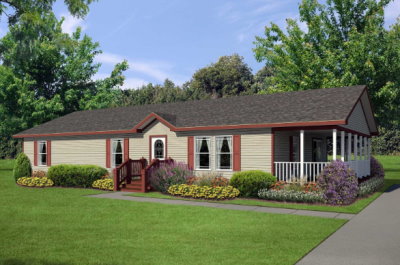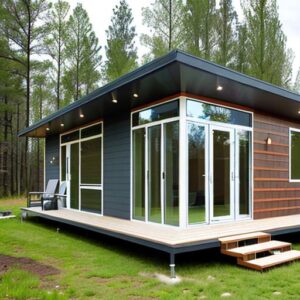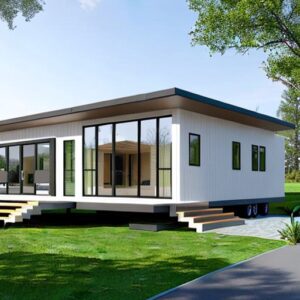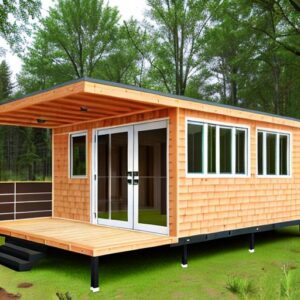Of the two types of housing, modular homes appreciate while manufactured homes depreciate with each passing year. This article discusses whether modular homes are safe in comparison to stick-built homes.

How do Modular Homes Differ from Traditional Homes?
Modular homes are built in a controlled environment with similar materials to homes built on-site. This means that the construction of a modular home will take a shorter time to complete compared to a stick-built home. On-site delays are often caused by changes in weather and that is why traditional homes take longer to build. Modular homes are also required to conform to certain rules, guidelines, and building codes of the state and local authorities, which often surpass those of homes built on-site. However, they are both installed on the same foundation and appreciate, unlike manufactured homes that come ready with a metal frame or chassis over which the house lies upon.
Why Modular Homes Are Safe to Live In
- Quality Workmanship
Every part or section of a modular home is built to meet the state and local building codes and standards. Quality control is of the utmost importance when the modular parts are under construction in the factory. For instance, an experienced factory worker who is primarily tasked with working on roofs does the seal on the roof. Every engineer specializes in a specific area to ensure perfection in all aspects of the home. Since all tools, materials, and labor are available on-demand, everyone does their job perfectly as they follow step-by-step procedures when working on each modular part of the home.
- Unique Building Design
The building design of modular construction contributes to an inherently rigid system that ensures relatively minimal structural damage during transportation and assembly. You do not have to be worried that your house will show signs of weakness in a few days following the installation since any defects on the modular parts are prevented beforehand. In modular construction projects, onsite work and unit production are conducted concurrently to ensure improved quality, lower cost, and shorter duration for completion.
Since there is no such information in the design process of stick-built homes, it often leads to errors in designs such as information conflicts from participants and omissions that need reworking in the design phase.
- Rigorous Inspections
The sections of a modular home are inspected at every step of the manufacturing process as well as by the state and local building inspectors. This means that they pass through more inspections than homes built on-site to ensure they meet the required standards. The only factor that can contribute to poor-quality construction is the inadequate training of the inspectors and supervisors at the factory. Stick-built homes have very few general inspections, which are often conducted once the home is completed.
In modular homes, the inspector is responsible for checking everything from the roof to plumbing, electrical, basement, and everything else. Most of the inspections done at the factory are not mandated by the government, but by the manufacturers to ensure quality is maintained at its peak.
- Same Foundation as Stick-Built Homes
The same foundation used in stick-built homes can also be used in modular homes. The only difference is that modular homes are transported and assembled on-site while traditional homes start directly from the ground up. With such a strong foundation, you will not be worried about the ground shifting under your feet since your modular home will be safely secured in place. Modular homes can be installed on a variety of foundations including concrete or screw piles, basement, or crawl space. Each of these options has its benefits and can be used for different applications based on the area you live in.
There are circumstances where modular homes are inherently stronger and safer compared to stick-built homes, probably because of quality control and strict building codes and regulations. Their value appreciates just like traditional homes and is sometimes difficult to notice as they share similar properties, only with different construction methods.



